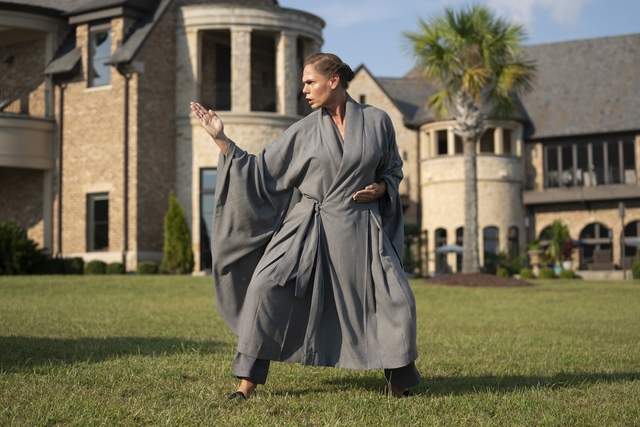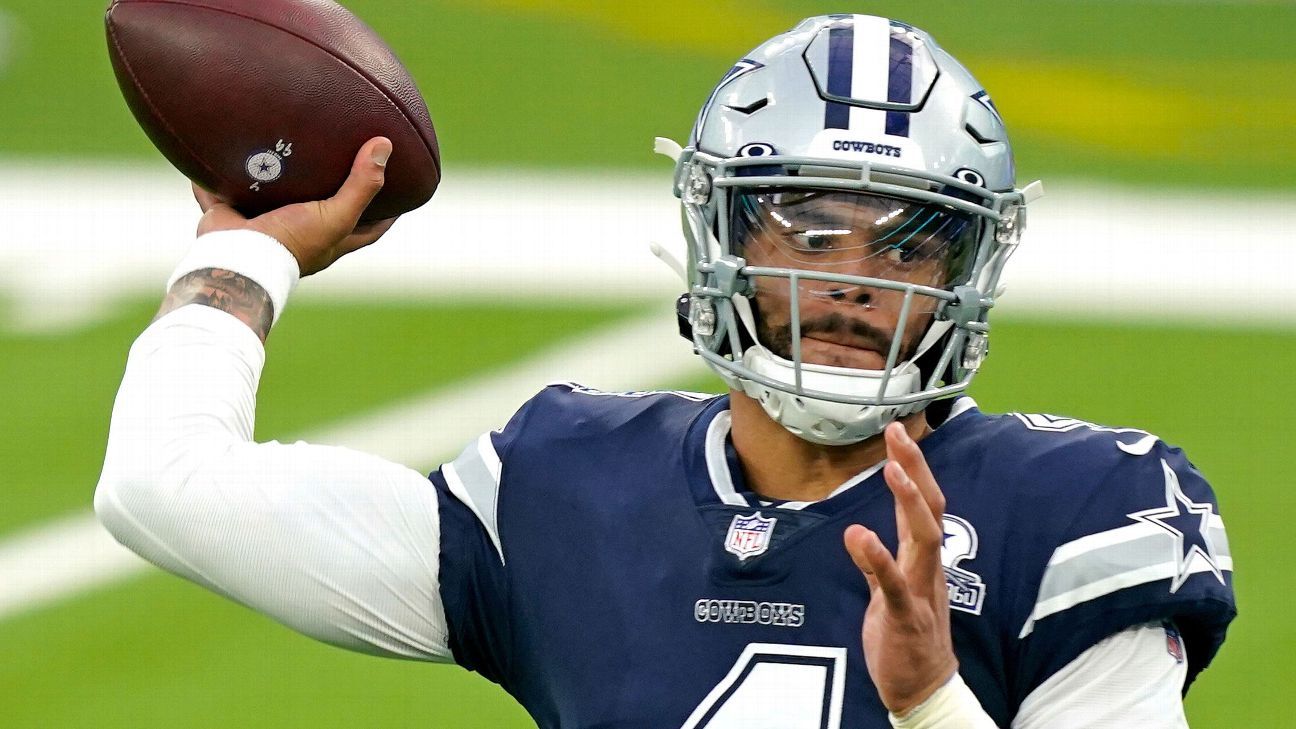Who is the Apple Watch Ultra really for?
Maybe, the Ultra is just for anyone who wants it.When I first saw the Apple Watch Ultra, I wasn’t sure what to make of it. Apple’s sizzle reel had weatherbeaten explorers trekking up snow-capped mountains, running across deserts, and...
/cdn.vox-cdn.com/uploads/chorus_asset/file/24037406/226274_APPLE_WATCH_ULTRA_PHO_akrales_0015.jpg)
When I first saw the Apple Watch Ultra, I wasn’t sure what to make of it. Apple’s sizzle reel had weatherbeaten explorers trekking up snow-capped mountains, running across deserts, and diving into the depths of the ocean. This was an Apple Watch for the intrepid explorer, which arguably few tech journalists swarming the Ultra models at the Steve Jobs Theater were. In fact, I’d contend that most people aren’t hardcore outdoors enthusiasts who need 49mm titanium cases, a sapphire crystal lens, WR100 water resistance, and EN13319 certification for diving.
That’s why, in my review, I called the watch aspirational. I stand by that, but having lived with the Ultra for a whole year, I’m still not exactly sure who the Ultra’s true audience is.
The Ultra is a bit of an odd duck because it’s positioned as a Garmin competitor. (See: aforementioned sizzle reel.) But as we discovered in our in-depth video review, that’s not what it really is. The hiking safety features didn’t always work as intended, and as a dive watch, it was proficient at the basics but had limitations for more technical use cases. A Garmin, Coros, or Polar watch is a multisport watch first and a smartwatch second. The Ultra is the reverse. As a result, its fitness features are best suited for part-time adventurers and weekend warriors.
The Ultra is best for part-time adventurers and weekend warriors... except many people I know who fit that description won’t let go of their Garmins.
That’s not a bad thing. I put myself in this category! But anecdotally, of everyone I’ve polled over the last year, the people the Ultra is supposed to be for don’t feel the need for one. Those who do tend to be tech-savvy folks who are frustrated with the lack of smart features on Garmins and other multisport watches. I’m not sure how many of those folks there really are. Anecdotally, in the few months, I partook in a local run club, I saw dozens of Garmins and regular Apple Watches but not a single Ultra. When I asked why, most folks said they didn’t feel the need for one.
So, if we throw out the whole “this is for adventurers” schtick, you could say the Ultra is for people who need multiday battery life — the tech nerds who love everything about their regular Apple Watch except for the fact they have to charge it daily. Except I’m not so sure about that, either. Don’t believe me? Go read my colleague Dan Seifert’s blog on why wearing the Ultra convinced him to buy a Series 7.
In my experience, the people who complain loudest about the Apple Watch’s battery are the people who are uninterested in an Apple Watch. These people have told me in emails, comments, and DMs that all they want is the simple fitness tracker of yore — or that their Garmin or Fitbit suffices just fine. Conversely, any time I’ve pointed out that the Apple Watch’s battery life isn’t the best, avid Apple Watch users have regaled me with stories of their fastidious charging schedules — and how it’s not as big of a problem as others make it out to be.
They have a point. For years, I became accustomed to charging my Apple Watch daily. I had a set routine and never had to worry about running out of battery. Ironically, the fact that the Ultra lasts two to three days on a charge means I’ve gotten the dreaded low battery notification more times in the past year than in the four years preceding it. I’ve always considered multiday battery a plus, but now I question how necessary it is once you’ve gotten into a charging habit. I don’t lose my Apple Watch chargers, but I’ve misplaced more Garmin chargers than I can count. Mainly because I rarely need them.
Truthfully, I’ve pretty much gone back to charging my Ultra for a half hour before bed every night and relying on the longer battery life when I travel or have a particularly long day.
Outside of fitness, battery life is the Ultra’s most defining characteristic.
So, then, is the Ultra for the first adopters? That’s harder to tell because much of what sets the Ultra apart from the regular Series watches are its exclusive fitness and outdoorsy features. Things like dual-frequency GPS, the Action Button, an extra water temperature sensor, diving capabilities, and the siren. These are things that I doubt the average gadget nerd uses unless they happen to be the outdoorsy type, too. And again, those folks — in my experience — tend to be Garmin lovers. Plus, watchOS 9 brings the vast majority of the Ultra’s fitness features over to the regular Series watches as well. That includes things like track detection, custom workouts, the new Compass app, and watchOS 9’s advanced running metrics.
To be clear, I like the Ultra a lot. So much so that I’m not sure I can go back to the regular Series watches because 99 percent of the time, it’s slightly better at meeting my day-to-day needs as a smartwatch reviewer. I’ve trained for a half marathon with it, and it served me well. Despite the fact that I haven’t been gentle with it, there are hardly any nicks or scratches. I’d have to really squint to see them. I appreciate how the larger screen improves readability and have been pleasantly surprised that the larger 49mm case is still relatively light, thanks to the titanium material. But aside from launching workouts via the Action Button, I use it the exact same way I would a regular Apple Watch.
At the end of the day, the only real answer I have is the Ultra is for anyone who wants it
My only real complaint is that, like other rugged watches, the Ultra’s design is masculine-coded. In a whole year, I’ve yet to see another woman who wasn’t a tech journalist wearing it in the wild. I get why. There are occasions where I’ve opted to leave it at home because no third-party strap could make it mesh with my outfit at a formal event. (I mean, have you tried making a violently orange Action Button blend with a pastel sundress for a wedding? It’s difficult!) That said, it’s a step too far to say that this isn’t a watch for women. After all, women are not a monolith. I am a woman and have worn the Ultra happily for the past year.
At the end of the day, the only real answer I have is the Ultra is for anyone who wants it and has $800. That’s an unsatisfying answer! I am not happy with it, either! But going into Apple’s “Wonderlust” event, I’m also perplexed as to what Apple could do to make the Ultra 2 dramatically better. Give it slightly longer battery life? Make it lighter? Faster? Give it a more unisex design? A less-orange Action Button? It’s hard to say because usually, you improve something based on what the target audience wants. And I’m still trying to figure out who that audience is.

 Aliver
Aliver 
































